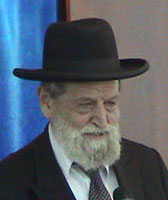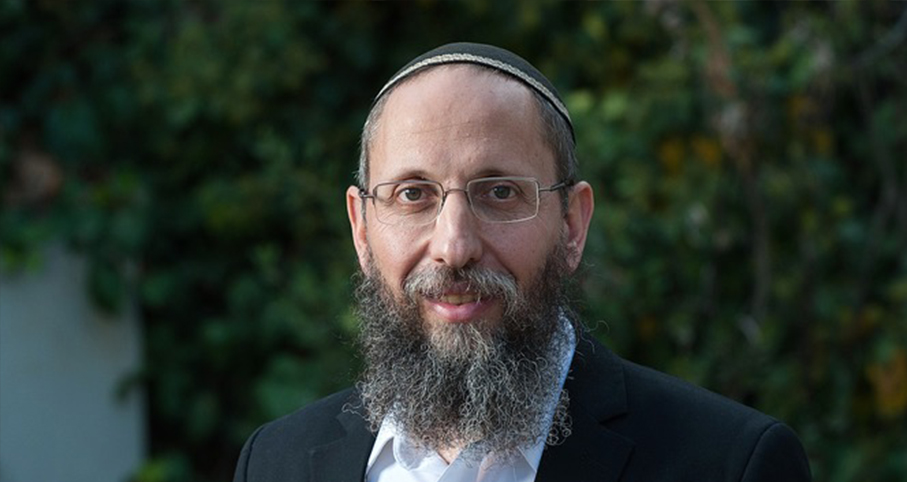Beit Midrash
- Sections
- Chemdat Yamim
- Parashat Hashavua
- Torah Portion and Tanach
- Vayikra
- Tzav
Thus, there does not seem to have been a need to rekindle a fire on the altar from scratch. What was needed was providing fuel on a regular basis (Rambam, Temidin 2:2 – twice a day) and not extinguishing the existing fire (Vayikra 6:6; see Rashi ad loc.). Certainly, there was not a need to light a new flame before bringing a new korban (see Rav S.R. Hirsch to Vayikra 1:7). Yet, in one place (Vayikra 1:7) the Torah describes a specific korban as involving a kohen bringing fire to the altar for it, and Chazal speak about not sufficing with the fire from Above but that there is a mitzva to bring normal fire as well (Yoma 53a). The Rambam (Temidin 2:1) seems to understand that this mitzva is fulfilled by making the normal efforts to make sure that the fire does not go out, including by running out of fuel. Apparently then, the fire that is described as being brought for a specific, personal korban is also referring to using that which is already there.
Rav Hirsch (ibid.) explains that the fire of the mizbe’ach represents the Torah, which is referred to as eish dat (the teachings of fire) – Devarim 33:2). If this is the case, then we can provide the following philosophical perspective on the matter of different types of fire – divine; normal, existing, new fire; … and, especially, Torah. (Excuse me as I switch back and forth between the metaphor and the original subject.) The Torah came down from Hashem in a miraculous manner. However, since then, it is preserved, passed on, and in some paradoxical ways enhanced by human intervention. Man is commanded to "add fuel daily" and make sure "not to extinguish the fire" but to "keep it going eternally." Thus, the Torah is a fire of divine origin, which is later attributed to man as well (Torah dilei hoo – Kiddushin 32b). Not only nationally but also individually when we are involved in Torah, we are not only considered keeping the flame/Torah going but like one who lit the fire himself
May we always savor the opportunity to connect ourselves to the eternal flame of the Torah and be considered as lighting it.

Parashat Hashavua: Neither Menashe Nor Yerachme’el
Rabbi Yossef Carmel | Tevet 5786

Parashat Hashavua: Divinely Ordained Sibling Deceit
Rabbi Yossef Carmel | Cheshvan 5786

Parashat Hashavua: The Journey … from Charan to Mt. Moriah and Beyond
Rabbi Yossef Carmel | Cheshvan 5786

Why Do Children Start With Vayikra?
Rabbi Shaul Yisraeli zt"l | 5771

Rabbi Daniel Mann

Reciting Borei Nefashot on Food When One Will Still Drink
Sivan 3 5780

Encouraging a Child to Criticize His Parent
5774

Washing Hands with Soap on Yom Kippur
Tishrei 4 5776



















